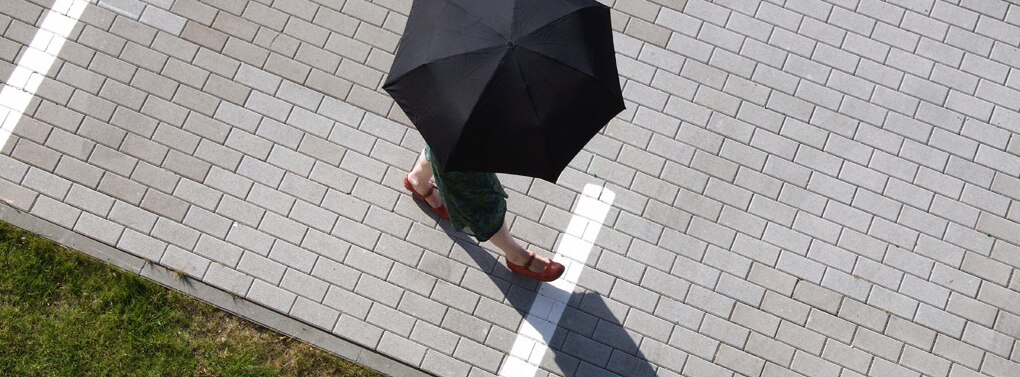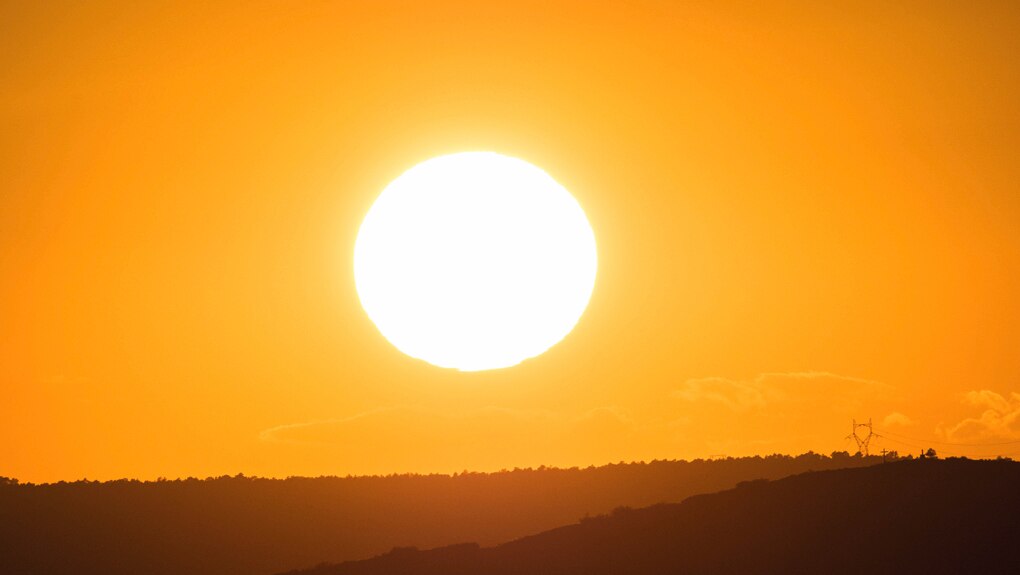
As we look at our faces in the mirror every single day, we rarely notice the little changes that happen — from fine lines to dark spots that creep up on us over time.
It’s only after a beach vacay or a full day spent out in the sun that we notice the more dramatic changes, like tan lines, and… wait are those freckles on my face?
Spots don’t form immediately while in the sun, do they?
You’ll be surprised by how quickly they do. There are those which form as a pimple is healing — these are called post-inflammatory dark spots. When the sun hits inflamed areas of the skin, melanin production surges to protect the skin. So yes, they can form immediately.
For anyone who’s had prolonged periods out in the sun, commuting or participating in outdoor activities, you might’ve returned home with spotty cheeks and hands. These are commonly called sun spots, or if you want to get technical about it, they’re named solar lentigines.
You may only notice these marks after an hour in the sun, but all it takes is 10 minutes of exposure to UV rays to trigger skin darkening and spot problems.
If we darken so quickly, does that mean our skin returns to its original tone quickly too?
It can if our skin cells are strong and healthy, as our skin can naturally dispel the extra melanin. But if we’ve become a little complacent, forgetting to apply sunscreen regularly, our skin will weaken over time and become increasingly more susceptible to the damaging effects UV rays.
Over time, our skin will become less able to rid itself of all that extra melanin.
Is it the end of the world?
No — just that your skin won’t look as flawless as you’d like it to. Always err on the side of caution, and avoid the sun between 10am and 3pm, when the sun’s rays are most intense. Don’t ever forget your broad-spectrum sunscreen to protect against both UVA and UVB rays, and shield yourself from the sun with a hat or umbrella.

